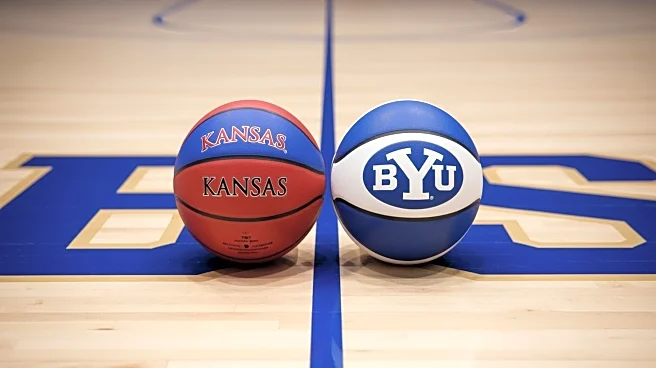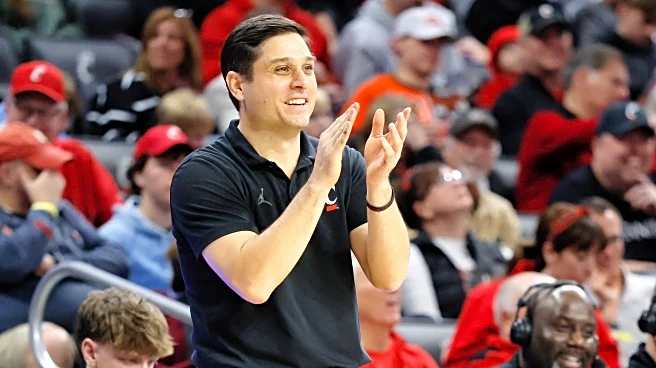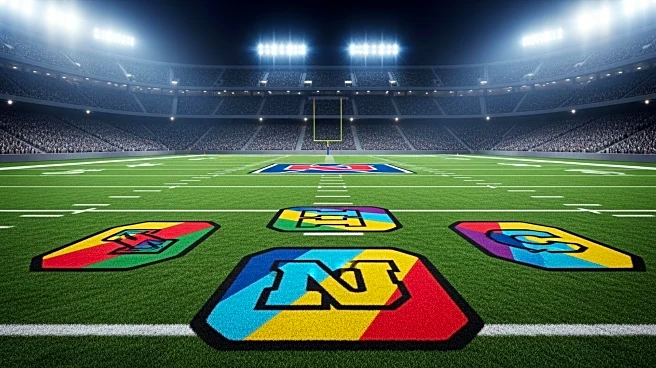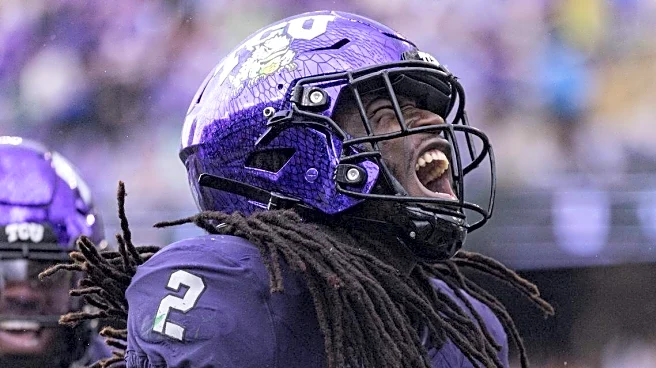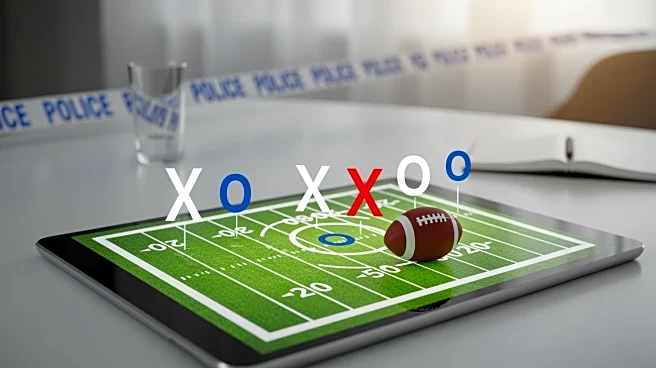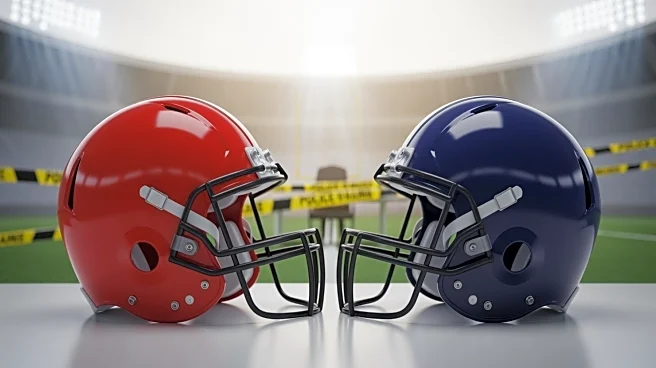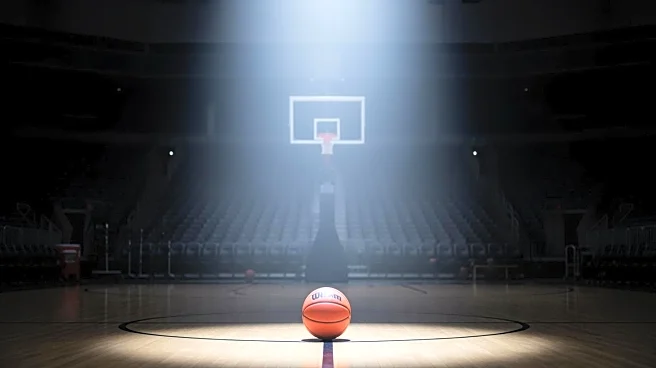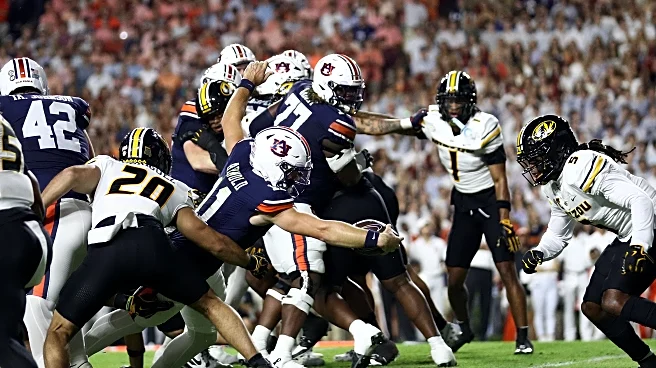What's Happening?
NCAA Division I commissioners are currently deliberating the possibility of allowing sponsorship patches on college football jerseys, a move that could significantly alter the financial landscape of college sports. This proposal, reported by Yahoo! Sports,
suggests that college football could adopt a model similar to NASCAR, where uniforms feature multiple sponsor logos. The decision on whether to implement this change is expected to be made by next fall. The debate centers around who will have the authority to decide which sponsors are acceptable and how many patches can be displayed. Concerns have been raised about the potential for 'overexposure,' with comparisons drawn to NASCAR's strategy of limiting logos to prevent overcrowding on uniforms.
Why It's Important?
The introduction of sponsorship patches on college football jerseys could open substantial new revenue streams for NCAA programs. According to Learfield president Cole Gahagan, these patches could generate between $500,000 annually for smaller schools and up to $12 million for top-tier programs. This model has already proven successful in the NBA, where teams earn $10–20 million annually from uniform patches. As college sports continue to evolve with NIL (Name, Image, and Likeness) and revenue-sharing agreements, finding new ways to create value is crucial. Big 12 commissioner Brett Yormark emphasized the importance of exploring all avenues for value creation for member schools.
What's Next?
If the proposal is approved, college football fans could see their favorite teams sporting brand logos on jerseys as early as next season. This development could be viewed as a step towards professionalization, with college sports increasingly resembling professional leagues in terms of revenue generation and commercialization. The decision will likely involve extensive discussions among NCAA leaders, schools, and conferences to establish guidelines and ensure the integrity of college sports is maintained.
Beyond the Headlines
The potential introduction of sponsorship patches raises questions about the commercialization of college sports and its impact on the traditional amateur status of student-athletes. While the financial benefits are clear, there is a risk that the essence of college sports could be overshadowed by corporate interests. This move could also spark debates about the ethical implications of increased commercialization in college athletics.


